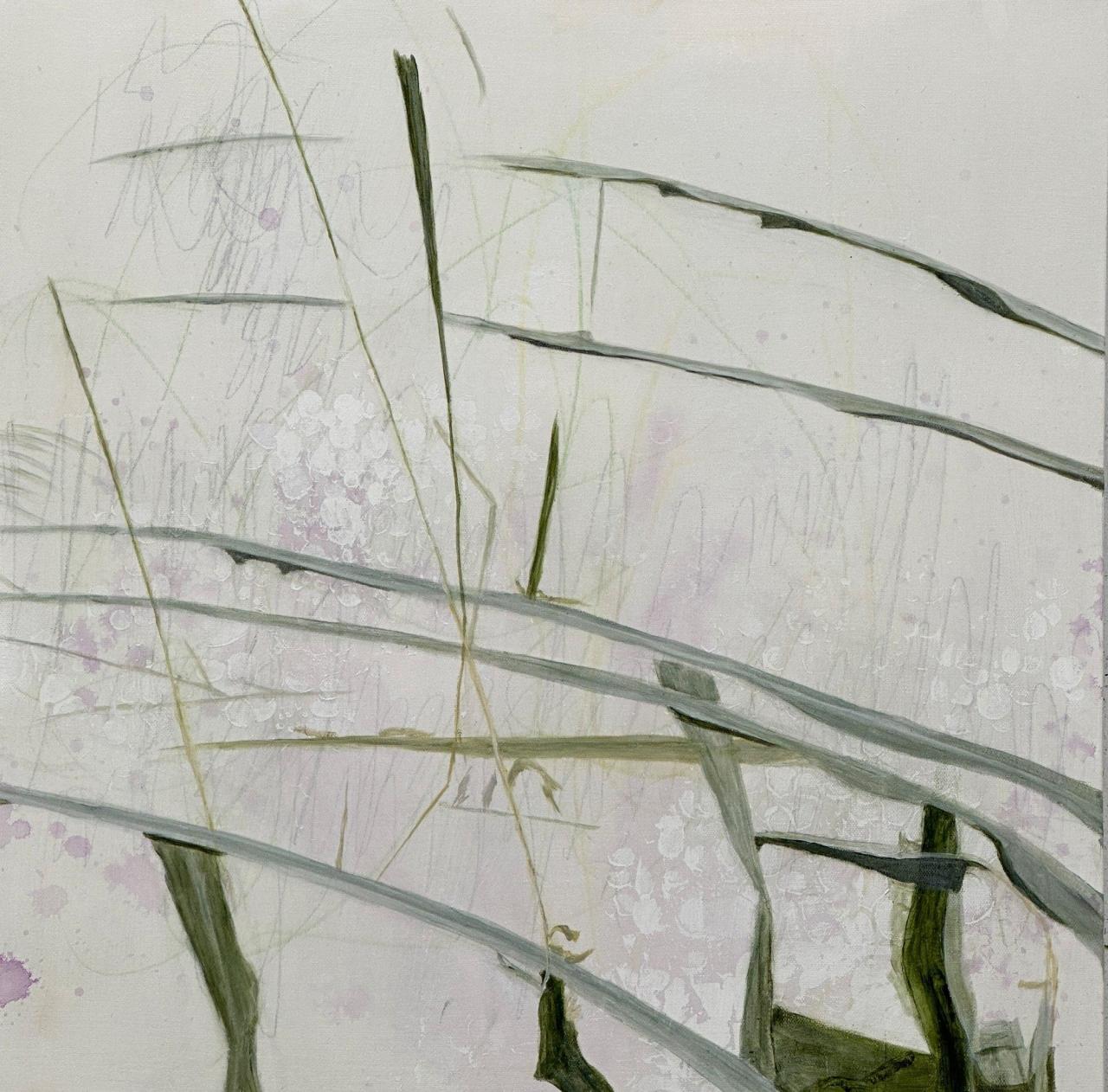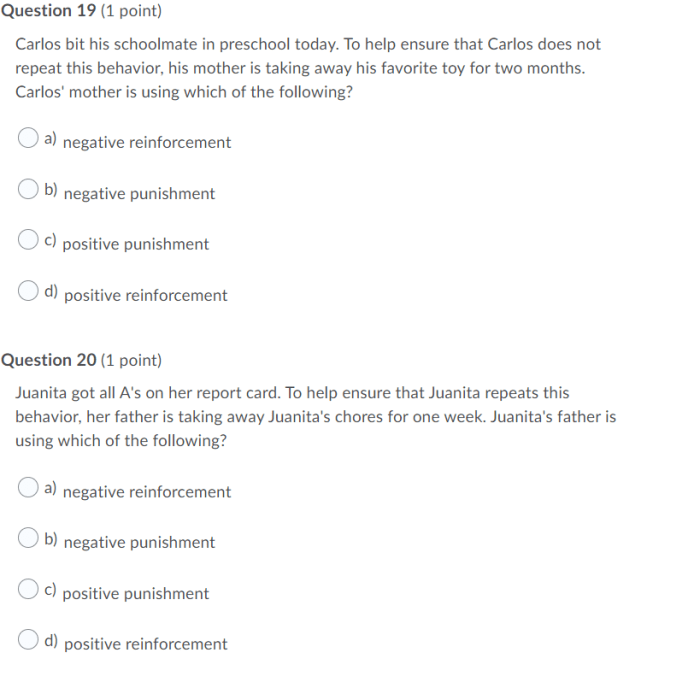Juanita is painting her house – Embark on a colorful adventure with Juanita as she embarks on the transformative journey of painting her house. From the meticulous preparation to the final brushstrokes, this guide will provide you with an engaging and comprehensive roadmap to achieve a stunning and personalized living space.
Join Juanita as she shares her expert tips and techniques, empowering you to navigate the intricacies of house painting with confidence. Whether you’re a seasoned DIY enthusiast or a first-time painter, this guide will equip you with the knowledge and inspiration to create a home that truly reflects your style and aspirations.
Juanita’s Painting Project

Painting a house is a multi-step process that requires careful preparation and execution. Juanita will need to gather the necessary materials and tools, choose the right paint color, and follow the proper steps to ensure a successful paint job.
Materials and Tools, Juanita is painting her house
Juanita will need the following materials and tools for her painting project:
- Paint
- Primer
- Paint brushes
- Paint rollers
- Drop cloths
- Painter’s tape
- Ladder
- Safety glasses
Choosing the Right Paint Color
Choosing the right paint color is important for both the aesthetic appeal and durability of the paint job. Juanita should consider the following factors when selecting a paint color:
- The style of her house
- The surrounding landscape
- The amount of natural light the house receives
- Her personal preferences
House Preparation

Before you start painting your house, it’s important to prepare the surfaces properly. This will help the paint adhere better and last longer.
The first step is to clean the surfaces. This can be done with a pressure washer, a garden hose, or a bucket of soapy water. Be sure to rinse the surfaces thoroughly after cleaning them.
Once the surfaces are clean, you need to repair any damage. This could include filling in holes, sanding down rough edges, or replacing rotten wood.
Finally, you need to protect the windows and doors. This can be done with masking tape or plastic sheeting. Be sure to cover the entire window or door, including the frame.
Cleaning Surfaces
- Use a pressure washer to remove dirt and grime.
- Use a garden hose to rinse the surfaces.
- Use a bucket of soapy water to clean the surfaces.
Repairing Surfaces
- Fill in holes with wood filler.
- Sand down rough edges.
- Replace rotten wood.
Protecting Windows and Doors
- Use masking tape to cover the windows and doors.
- Use plastic sheeting to cover the windows and doors.
- Be sure to cover the entire window or door, including the frame.
Painting Techniques: Juanita Is Painting Her House

Painting techniques encompass a range of methods used to apply paint to surfaces. These techniques influence the appearance, durability, and efficiency of the painting project. Understanding the different painting techniques enables painters to achieve desired outcomes and enhance their overall painting skills.
Juanita is diligently painting her house, giving it a fresh coat of vibrant hues. While she’s hard at work, those preparing for the HAZWOPER 24-Hour Test can find valuable study materials and HAZWOPER 24-Hour Test Answers online. As Juanita adds the finishing touches to her home, she can rest assured that her efforts will be well-rewarded.
Brushing
Brushing involves using a paintbrush to apply paint in controlled strokes. This technique allows for precision and detail work, making it suitable for intricate designs, touch-ups, and small areas. The size and type of brush used impact the width and texture of the paint application.
Rolling
Rolling employs a paint roller to apply paint evenly over larger surfaces. This technique is efficient and provides a smooth, consistent finish. Rollers come in various sizes and materials, each designed for specific paint types and surface textures.
Spraying
Spraying utilizes a spray gun to propel paint particles onto the surface. This technique offers speed and coverage, making it ideal for large areas and hard-to-reach spots. However, it requires specialized equipment and proper safety precautions.
Achieving a smooth, even finish involves proper technique, quality materials, and attention to detail. Using the appropriate brush size and type for the task, maintaining consistent brush or roller strokes, and allowing ample drying time between coats contribute to a professional-looking finish.
Safety Considerations

Prioritizing safety is paramount when embarking on any painting project. The nature of the task, involving the use of chemicals and potentially hazardous materials, necessitates adherence to proper safety protocols.
Wearing Proper Safety Gear
Donning appropriate safety gear is essential to minimize the risk of exposure to harmful substances and potential accidents. This includes:
- Respirator:A NIOSH-approved respirator effectively filters out harmful fumes and particles emitted during painting and solvent use.
- Gloves:Chemical-resistant gloves protect hands from skin irritation and chemical burns.
- Eye protection:Safety goggles or glasses shield eyes from paint splatters, fumes, and airborne particles.
li> Coveralls:Disposable coveralls provide a barrier between the painter’s skin and paint, preventing direct contact and contamination.
Hazards of Working with Paint and Solvents
Understanding the potential hazards associated with paint and solvents is crucial for ensuring a safe work environment. These substances may pose risks such as:
- Fumes and VOCs:Volatile organic compounds (VOCs) released from paint and solvents can cause respiratory irritation, headaches, and nausea.
- Skin irritation:Contact with paint or solvents can lead to skin rashes, itching, and chemical burns.
- Eye damage:Paint splatters or solvent vapors can irritate or damage eyes if not adequately protected.
- Fire hazard:Solvents are highly flammable, increasing the risk of fires if proper precautions are not taken.
Preventing Accidents
Implementing proactive measures can significantly reduce the likelihood of accidents during painting projects. These include:
- Adequate ventilation:Ensure proper ventilation by opening windows and doors or using fans to disperse fumes and vapors.
- Safe storage:Store paint and solvents in well-ventilated areas away from heat sources and ignition points.
- Proper disposal:Dispose of paint and solvents responsibly according to local regulations to prevent environmental contamination.
- Emergency preparedness:Keep a first-aid kit and emergency contact information readily available in case of accidents.
Troubleshooting

Painting projects can encounter various issues, but understanding common problems and their solutions can help ensure a successful outcome. This section will address paint drips, runs, bubbles, and damaged paint repair techniques.
Paint Drips and Runs
- Cause:Overloading the brush or roller with paint.
- Solution:Dip the brush or roller lightly into the paint and remove excess by tapping it against the edge of the container.
- Cause:Applying paint too thickly.
- Solution:Apply thin, even coats and allow each coat to dry thoroughly before applying the next.
Paint Bubbles
- Cause:Moisture trapped beneath the paint.
- Solution:Ensure the surface is completely dry before painting. If bubbles occur, use a razor blade to gently score the bubbles and let the air escape.
Repairing Damaged Paint
- Minor Scratches:Use fine-grit sandpaper to lightly sand the scratch, clean the area, and touch up with matching paint.
- Dents or Chips:Fill the damaged area with spackling paste, allow it to dry, sand smooth, and paint over.
- Large Holes:Cut a patch of drywall to fit the hole, secure it with drywall screws, and finish by spackling, sanding, and painting.
Detailed FAQs
What are the essential steps involved in painting a house?
Juanita’s journey involves preparing the house, choosing the right paint and materials, applying different painting techniques, and ensuring safety throughout the process.
How can I choose the perfect paint color for my home?
Juanita emphasizes the importance of considering factors such as the size and lighting of the room, your personal preferences, and the overall style of your home.
What are some common painting problems and how can I fix them?
Juanita shares her expertise on troubleshooting common issues like paint drips, runs, and bubbles, providing practical solutions to ensure a flawless finish.
